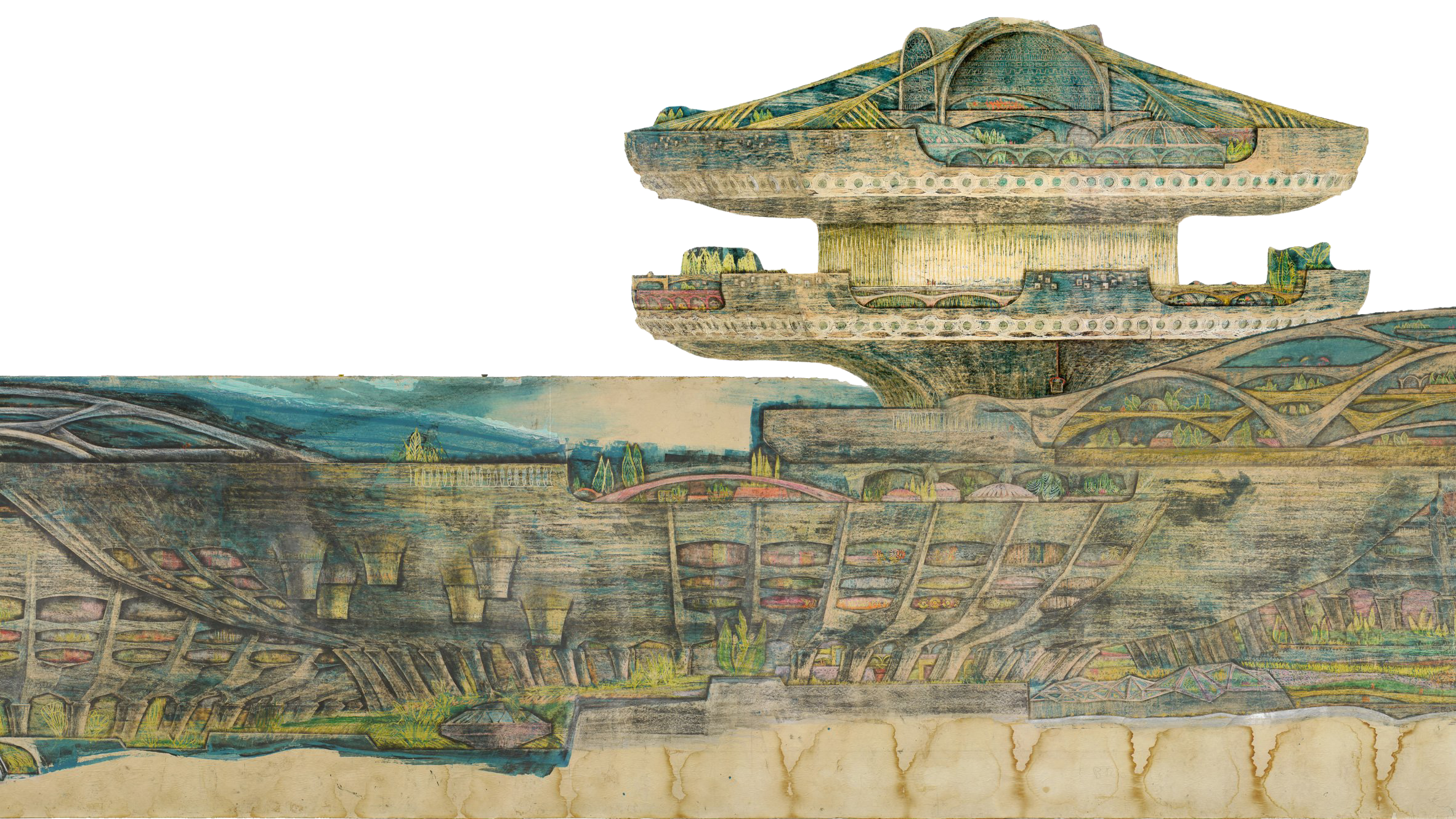Notes
1
Translator’s note: The sheep’s name, Danbom, means “sweet spring” in Korean.
2
Translator’s note: The satgat is a conical shaped hat often made of bamboo originating in East, South, and Southeast Asia.
Translated from Korean by Alice S. Kim
© 2023 e-flux and the author
